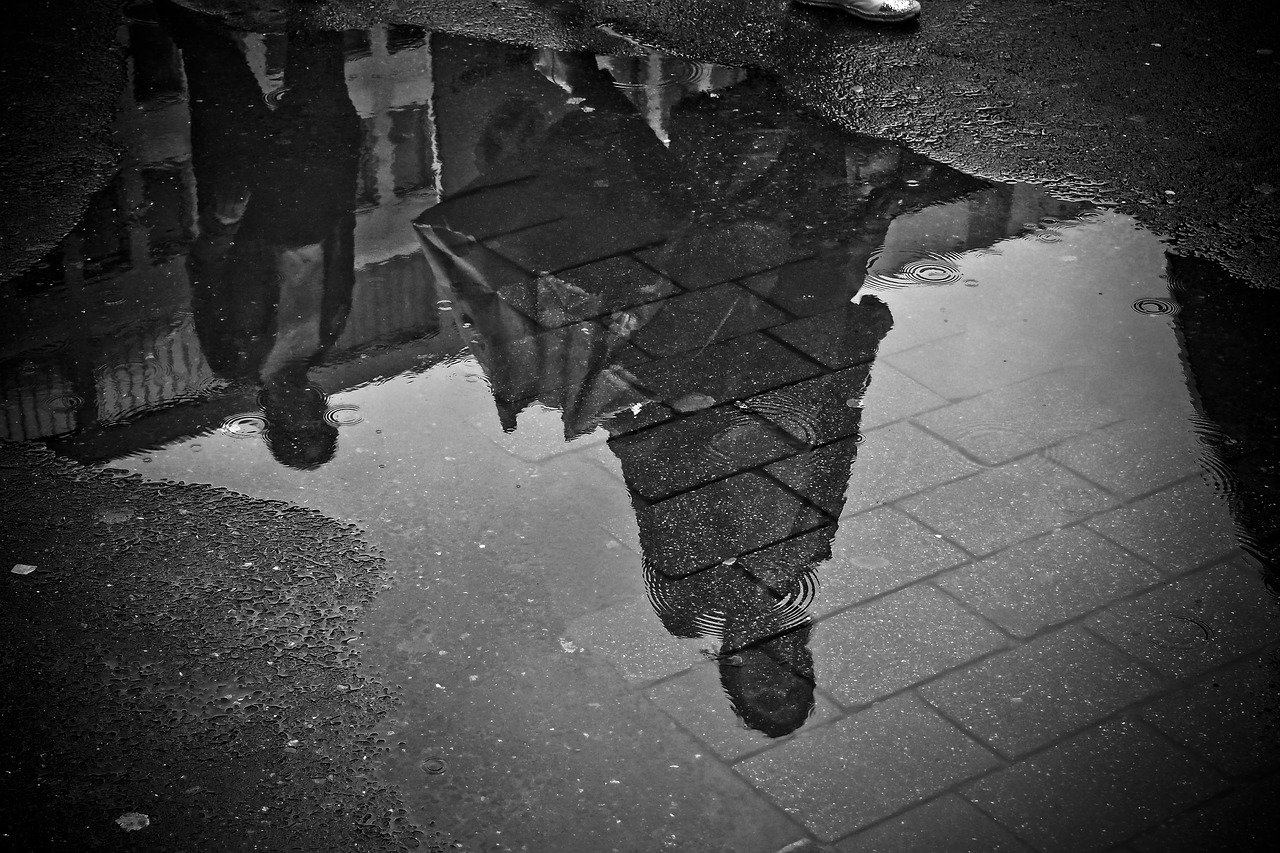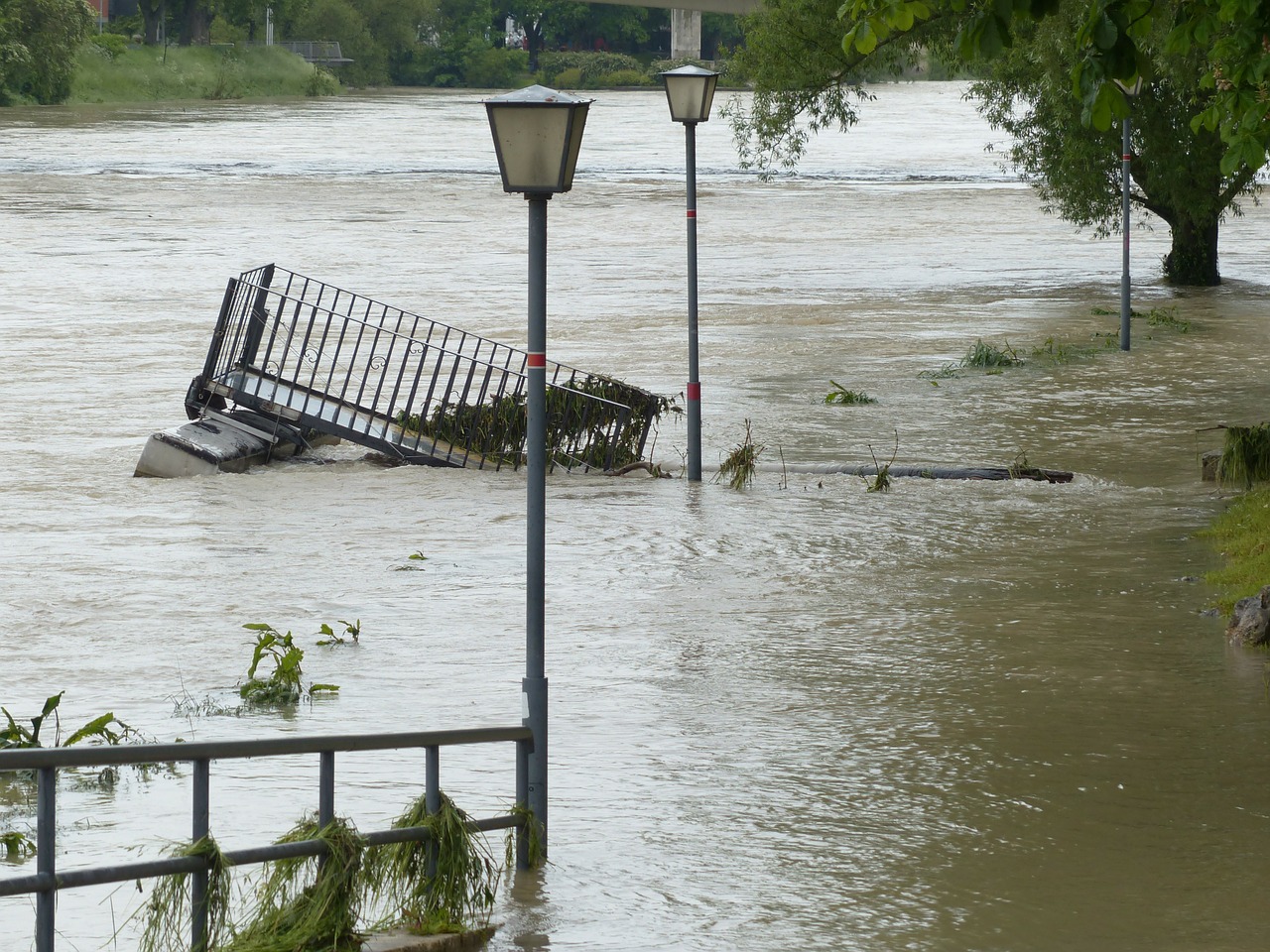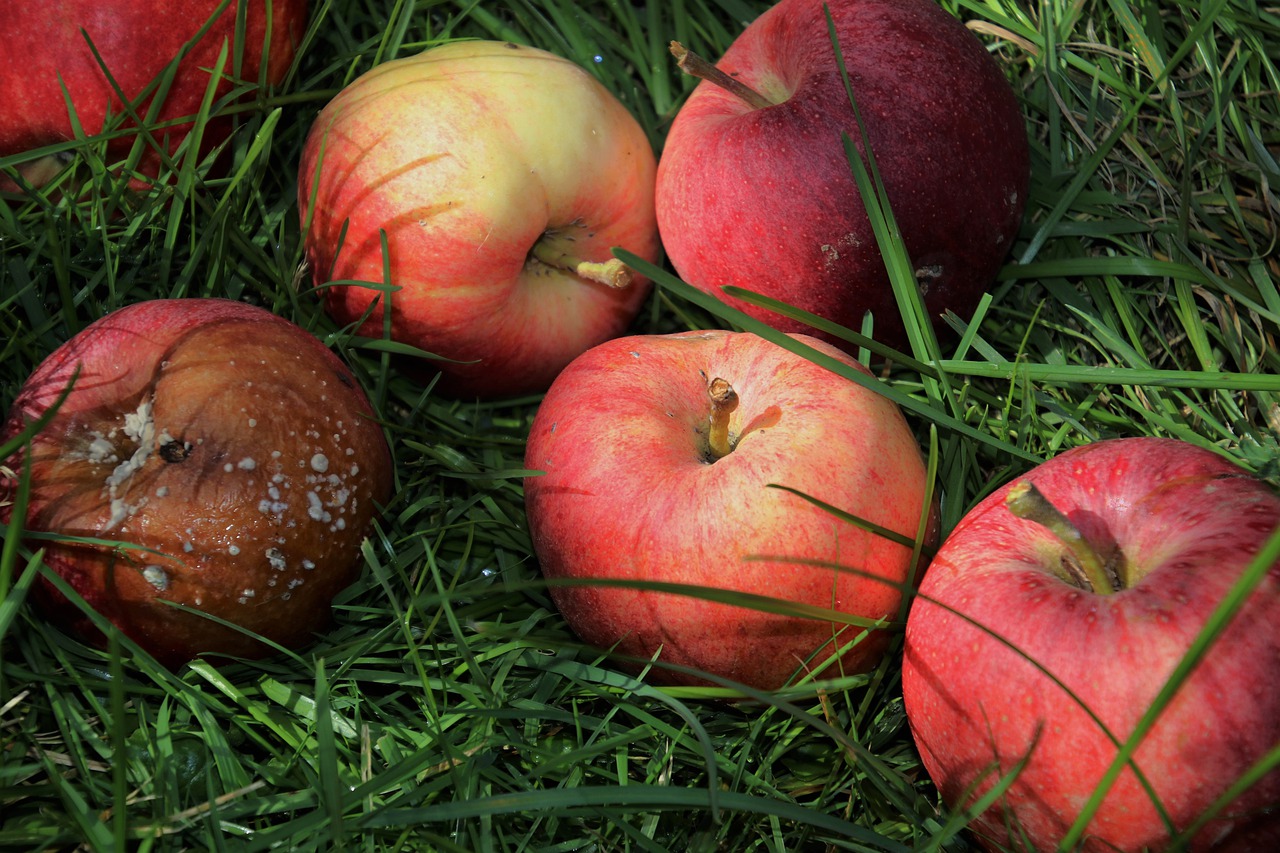
Restaurant Flooded? Here’s How To Deal With Restaurant Flooding
By 911 Water Damage Experts
One of the last things any restaurant owner wants to deal with is flooding. It can shut down your business for days, if not weeks, and not every owner understands their responsibilities if flooding should occur.
Whether your restaurant is currently experiencing flooding, or you want to be prepared if the worst should happen, read on. The following information may be helpful before, during, and after significant flooding events.
Flood Waters And Sewage Backup
As soon as floodwaters or sewage start flowing into your facility, closing down is crucial. While you might think that you can wipe up the mess and carry on with service, that’s not in your best interests – nor is it in the best interests of your customers.
After a flooding event, your restaurant has to be cleaned and thoroughly sanitized before it can be deemed safe for service once more.
Keep Your Staff Safe
Floodwaters may look safe, but you don’t always know what dangerous bacteria and contaminants can be lurking within them that lead to rashes and illnesses. As a result, it’s essential to make sure no unnecessary personnel has contact with any flood or sewage waters.
However, if your employees or yourself have been tasked with the clean-up process, make sure all necessary precautions are taken. This can include wearing personal protective equipment (PPE) such as rubber boots, disposable aprons, gloves, eye protection, and items that can be disposed of or disinfected after use.
Refrain From Using Sinks And Toilets
With a genuine risk of further flooding, blocked drains, and drainage problems, refrain from using sinks, toilets, and other plumbed appliances at your facility. Without having plumbers immediately on site to identify any issues, you may not know whether they are safe for use.
Don’t Prepare Food
As stressed as you might be about getting your restaurant back up and running, food preparation is off the table until your drains are fully functioning and repairs have been carried out. Remember, floodwaters and sewage can be hazardous to health, which means food preparation is not appropriate until all issues have been rectified.
Call In The Experts
Dealing with restaurant flooding on your own can be overwhelming. Rather than face the clean-up and repairs on your own, call in flooding and water damage restoration experts to help. Not only can they thoroughly clean and sanitize your premises, but they can also assist with water damage repairs and drying using commercial equipment.
Start Cleaning
If you’re faced with a small amount of flooding and want to get your business back on track as fast as possible, you can start cleaning. Use commercial disinfectants that have been proven effective against norovirus.
You can also use a chlorine bleach cleaning product as a disinfectant by combining up to 25 tablespoons of unscented bleach with one gallon of potable water. A fresh bleach solution should be made daily, and don’t forget to wear gloves.
The concentration level of your bleach product can depend on what you’re cleaning. For example, 5,000 ppm bleach may be suitable for wooden floors and porous surfaces, but food contact services may only require 200 ppm.
Non-porous and hard surfaces may require a bleach solution of 1,000 ppm. Always read the instructions before use, as some bleach product instructions may differ.
Get The All-Clear From Your Local Health Department
If your water system was affected by flooding or deemed unsafe, ensure you get the all-clear from your local health department before opening your doors for service. All restaurants must have a safe water source before they are able to serve food to the general public.
Throw Away Flood-Affected Food
Given the dangers associated with floodwaters, make sure you throw away all food that has been in the flood. When in doubt, throw it out. Do not attempt to salvage any food that has been in or near floodwaters.
If you do not yet have a potable water supply, you can only sell commercially prepackaged food until your water source has been fixed and your restaurant has been cleaned up and given the all-clear to reopen.
If your restaurant was also affected by power cuts, throw away all refrigerated and frozen foods that were exposed to temperatures above 41°F for more than four hours. All exposed single-use items like takeaway containers must also be disposed of, as well as linens you are unable to launder with bleach and dry in mechanical dryers.
How To Prepare Your Restaurant For Flooding
If flooding has not yet affected your restaurant, but you’re worried that it might, there are steps you can take to mitigate the risks and improve your chances of a smoother clean-up process afterward.
Protect all entry points with sandbags, and raise as many appliances and equipment off the floor as possible. Store vital records in plastic containers above ground, or remove them from the premises.
Turn off all electrical equipment, secure cash, lock all doors, and set alarms. Don’t forget to put a closed sign on your door as it may not be immediately apparent to your customers that your premises is closed. If your business has a social media page, put a post on there, as well.
Finally, don’t forget to follow all local authority procedures for evacuation and prioritize the health and wellbeing of yourself and your staff. Remember, your restaurant can be fixed, but you can’t replace a human life.
Compile A Services List
Knowing how damaging floodwaters can be, take some time to do your homework on the services you may require once the danger has passed.
A water damage restoration company is also worth having on speed dial as well. They provide emergency services 24/7 to start the drying process, limit the risk of mould growth, and repair water-damaged materials.
Even having the number of your local authority can be a weight off your mind. They can provide you with helpful information on what you will need to do to open your doors for business once more. Finally, don’t forget to document the entire process so that you can make the insurance claim process go as smoothly as possible.
Top 10 Causes Of Water Damage In Restaurants
- Plumbing Leaks
- Description: Restaurants often have complex plumbing systems that are susceptible to leaks. Leaks can occur in pipes, faucets, and connections, leading to water damage.
- Impact: Continuous leaks can cause significant damage to walls, floors, and equipment, and may result in mold growth.
- Burst Pipes
- Description: Burst pipes are often caused by freezing temperatures, increased water pressure, or deteriorated pipes.
- Impact: A burst pipe can flood large areas of a restaurant, causing extensive damage to the structure, furniture, and inventory.
- Faulty Appliances
- Description: Dishwashers, ice makers, refrigerators, and other kitchen appliances with water connections can malfunction or develop leaks.
- Impact: Faulty appliances can lead to sudden water spills or continuous leaks, damaging floors and nearby equipment.
- Roof Leaks
- Description: Roof leaks can occur due to poor maintenance, damaged shingles, or severe weather conditions.
- Impact: Water entering from the roof can damage ceilings, walls, electrical systems, and even lead to structural issues.
- Clogged Drains
- Description: Drains in sinks, dishwashers, and floor drains can become clogged with food particles, grease, and debris.
- Impact: Clogged drains can cause water to back up, leading to flooding in kitchens and dining areas.
- Natural Disasters
- Description: Floods, hurricanes, and heavy rains can cause significant water intrusion into restaurants.
- Impact: Natural disasters can result in extensive water damage, affecting the entire building and requiring major repairs.
- Sewer Backups
- Description: Sewer lines can back up due to blockages, heavy rainfall, or aging infrastructure.
- Impact: Sewer backups can cause contaminated water to enter the restaurant, posing serious health risks and necessitating immediate clean-up and sanitation.
- HVAC System Issues
- Description: HVAC systems, particularly those with condensate lines, can develop leaks or overflow if not properly maintained.
- Impact: Water from HVAC systems can damage ceilings, walls, and floors, and create an environment conducive to mold growth.
- Sprinkler System Malfunctions
- Description: Fire sprinkler systems can malfunction due to corrosion, mechanical damage, or accidental activation.
- Impact: Sprinkler malfunctions can release large volumes of water, causing widespread damage and business interruption.
- Improper Sealing
- Description: Poorly sealed windows, doors, and foundation cracks can allow water to seep into the restaurant, especially during heavy rains.
- Impact: Water intrusion from inadequate sealing can lead to damage over time, affecting structural integrity and indoor air quality.
Understanding these common causes can help restaurant owners take proactive measures to prevent water damage, thereby protecting their property, equipment, and business continuity. Regular maintenance, timely repairs, and adequate insurance coverage are essential steps in mitigating the risks associated with water damage.
FAQs About Restaurant Water Damage
- What should I do immediately after discovering water damage in my restaurant?
- Turn off the water supply if possible, contact a professional water damage restoration company, and notify your insurance provider.
- How can water damage affect my restaurant’s operations?
- Water damage can lead to temporary closure, health code violations, structural damage, and loss of inventory, impacting revenue and reputation.
- What are the common causes of water damage in restaurants?
- Common causes include plumbing leaks, burst pipes, faulty appliances, roof leaks, and flooding from natural disasters.
- How can I prevent water damage in my restaurant?
- Regularly inspect and maintain plumbing systems, ensure proper drainage, install water leak detection devices, and routinely check for roof and window leaks.
- How long does it take to dry out a restaurant after water damage?
- The drying process can take anywhere from a few days to several weeks, depending on the extent of the damage and the drying methods used.
- Will my insurance cover the cost of water damage restoration?
- Coverage varies by policy. Generally, insurance covers sudden and accidental water damage but may not cover damage from neglected maintenance or flooding. Check your policy details and consult with your insurer.
- Can I still serve food after experiencing water damage?
- You must ensure the affected areas are thoroughly cleaned and sanitized, and food safety standards are met. Health inspections may be required before reopening.
- What are the signs of hidden water damage in my restaurant?
- Signs include musty odors, discoloration on walls or ceilings, warped or sagging floors, and unexplained increases in water bills.
- How do I choose a reputable water damage restoration company?
- Look for companies with good reviews, proper licensing, certifications from industry standards organizations (like IICRC), and a history of successful restorations in commercial settings.
- What steps are involved in the water damage restoration process for a restaurant?
- The process typically includes assessment and inspection, water removal and extraction, drying and dehumidification, cleaning and sanitizing, and finally, restoration and repair of affected areas.
Feel free to contact us at 1-833-WE-DRY-IT 24/7/365 any time if you have any questions or drop us a message in near real-time on our Facebook fan page.
Related Posts:
How To Prevent Water Damage During A Storm
Noticed A Leak? Here’s How To Find The Most Popular Leaks That Happen At Home
Found Bathroom Water Damage…What Do I Do?
How To Prevent Mould Growth After A Flood
A Pipe Burst In My Business Building – What Do I Do?
What To Do When A Water Pipe Bursts In Your Apartment
Top Common Signs Of Water Damage: Here’s What To Look For





